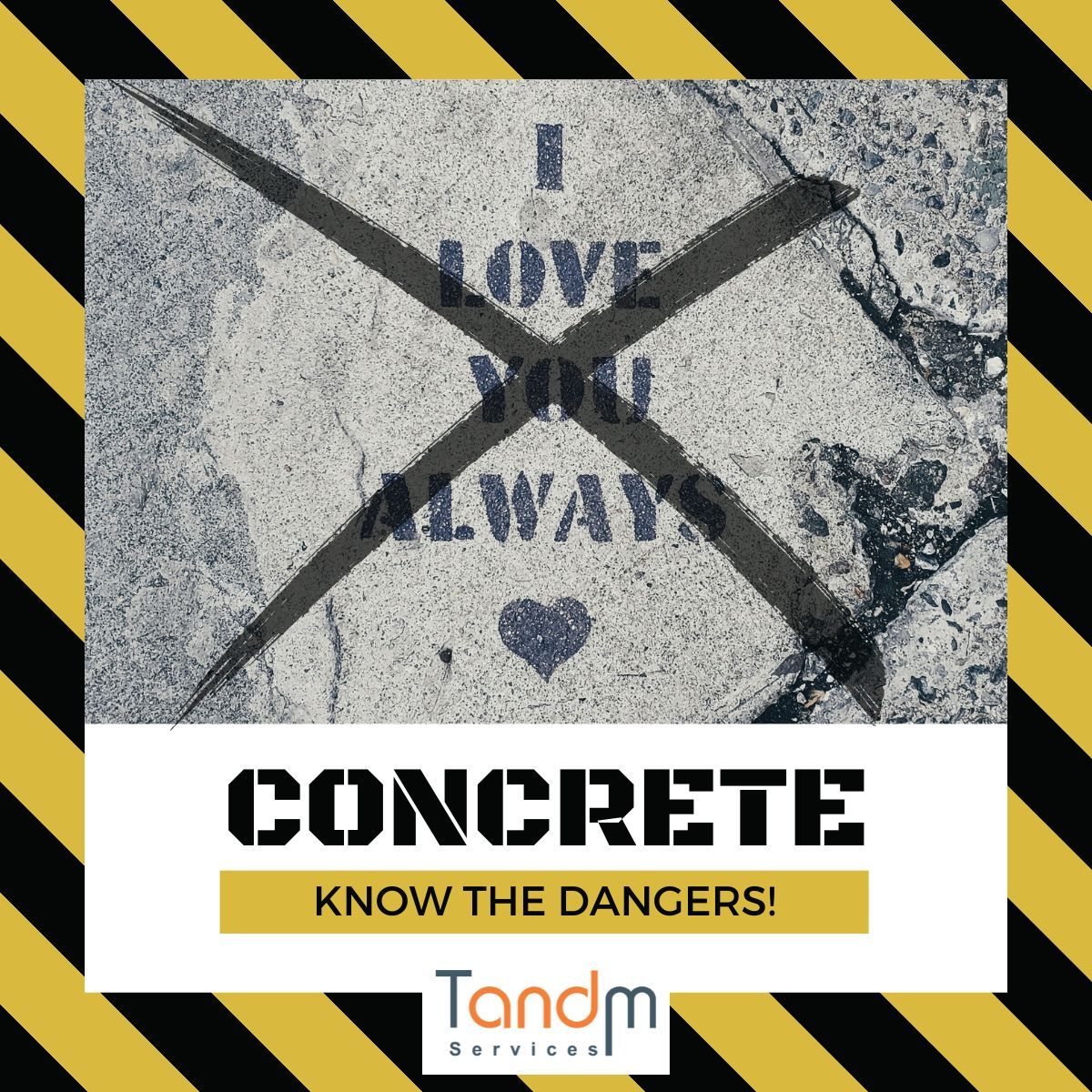
Concrete: A Silent Danger Lurking in Construction
A thing to remember during refurbishments!
Many might not realise it, but a seemingly innocuous material like concrete can pose significant dangers, especially when mishandled. Touching wet concrete may seem harmless at first glance, but the reality is far from benign. In fact, it can lead to chemical burns that may not manifest immediately but can worsen over time, potentially requiring urgent medical attention.
Understanding the Risks:
When discussing the hazards of concrete, it's essential to distinguish between concrete and its primary component, cement. While the terms are often used interchangeably, cement constitutes only about 10 to 15 percent of concrete. It undergoes a hardening process over time as it reacts with air molecules, forming the sturdy substance we know as concrete.
Chemical Burns: The Hidden Threat
The danger lies in the chemical reaction that occurs when wet cement comes into contact with the skin. This interaction triggers a series of events, ultimately leading to the formation of alkaline molecules. These molecules have the potential to break down skin tissue, causing burns that can escalate in severity depending on the duration of contact.
Understanding the Chemistry:
Adding water to cement powder initiates a transformation wherein calcium oxide converts into calcium hydroxide, thereby increasing the pH level of the mixture. This elevated pH level is what makes wet cement so corrosive to the skin. The longer the exposure, the greater the risk of significant harm.
Mitigating the Risk:
While brief encounters with wet cement may not always result in burns, it's crucial to err on the side of caution. Promptly washing off any cement residue with water and a slightly acidic or pH-neutral soap can help mitigate the risk of injury. Avoiding unnecessary contact with wet concrete and wearing appropriate protective gear are also vital preventive measures.
Treatment and Recovery:
In the event of a concrete burn, immediate action is necessary. Removing any contaminated clothing and rinsing the affected area with lukewarm water for at least 20 minutes is the first line of defence. Seeking medical attention promptly is crucial, as medical professionals may administer further treatment, such as applying neutralising agents or performing debridement to remove damaged tissue.
Prevention Is Key:
Preventing concrete burns begins with awareness and adherence to safety protocols. Wearing protective clothing, including gloves, goggles, and long sleeves, can significantly reduce the risk of exposure. Additionally, avoiding unnecessary contact with wet concrete and promptly cleaning any spills can help minimise the likelihood of injury.
The conclusion:
While concrete plays a vital role in construction, its potential hazards should not be underestimated. By understanding the risks, implementing preventive measures, and taking prompt action in the event of an incident, individuals can mitigate the dangers associated with this ubiquitous material. Remember, when it comes to concrete, awareness and caution are key to staying safe on the job.
Best
Amanda Wright
Construction Site safety










